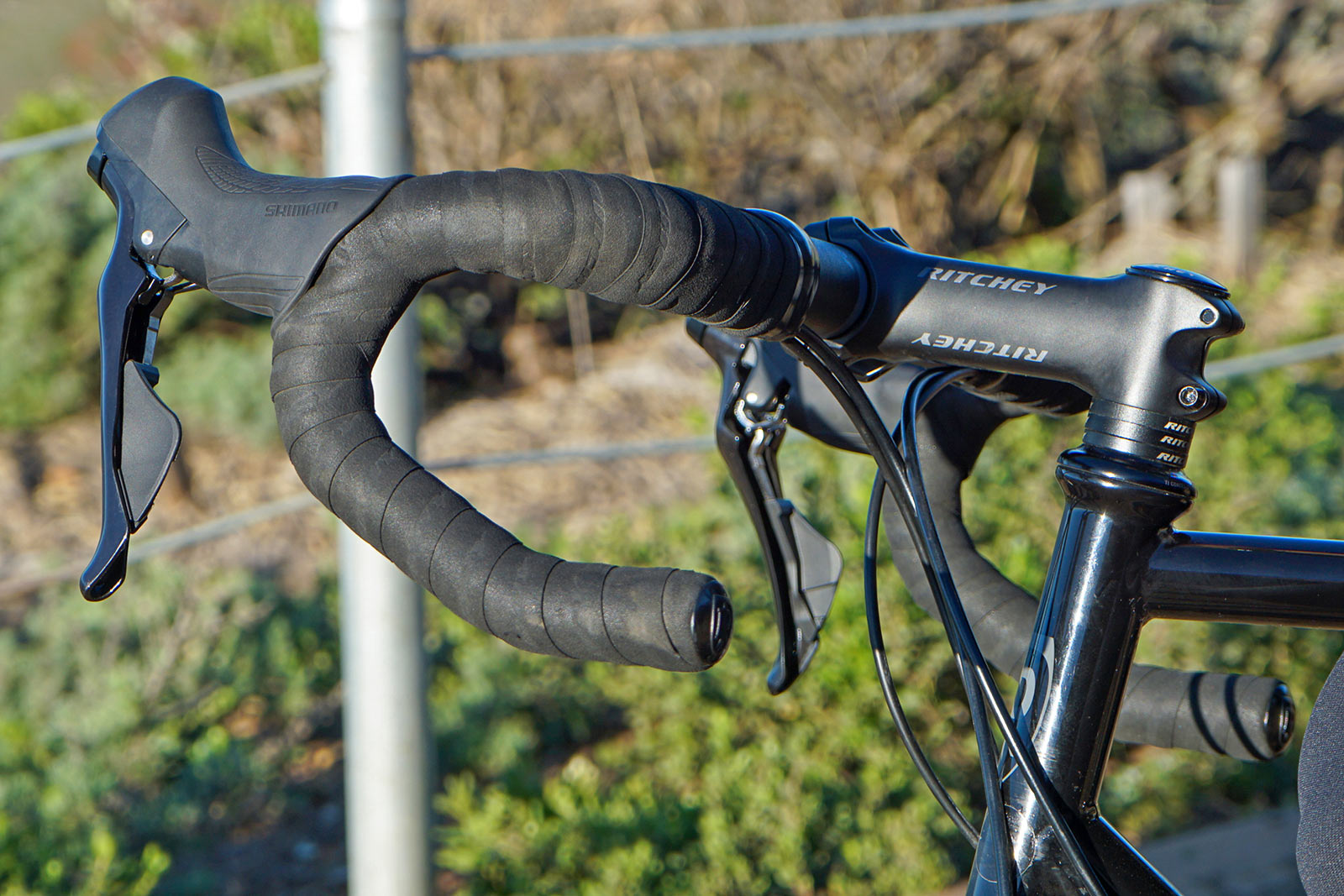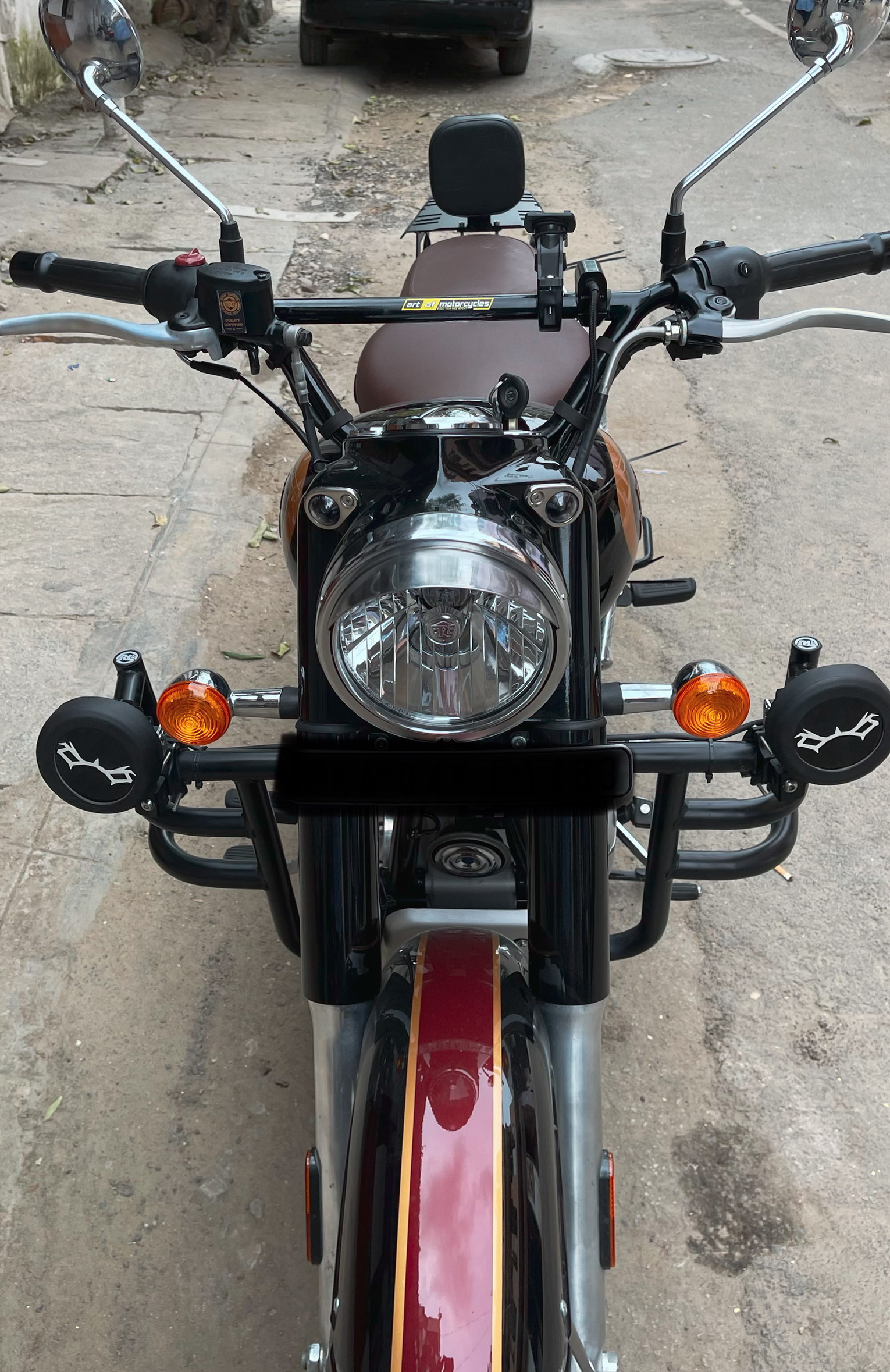The Perfect Grips: Unlocking Handlebar Heaven
When it comes to riding a bike, the grip is often overlooked as a crucial component of comfort and control. A good grip can make all the difference between a smooth ride and a ride that leaves you grasping for dear life. In this article, we'll delve into the world of handlebar grips and explore the various options available to you. Whether you're a seasoned cyclist or a newcomer to the world of two wheels, this guide will help you find the perfect grips for your bike and unlock your full potential on the road or trail.
The Importance of Handlebar Grips
Handlebar grips are more than just a nicety - they're a necessity for any serious cyclist. Not only do they provide a comfortable grip, but they also play a crucial role in controlling the bike. The grip is where you put your hands, and the way it feels can greatly affect your riding style. A good grip can help you maintain control, especially at high speeds, and provide the necessary cushioning to absorb vibrations.
There are several types of handlebar grips available, ranging from simple, rubber grips to complex, ergonomic designs. Each type has its own set of benefits and drawbacks, and the right grip for you will depend on your riding style, the type of bike you ride, and your personal preferences.
Types of Handlebar Grips
When it comes to choosing a handlebar grip, there are several options to consider. Here are some of the most common types of grips:
- Rubber grips: These are the most basic type of grip and are made from a simple rubber compound. They're easy to install and provide a comfortable grip, but may not offer much in terms of support or cushioning.
- Foam grips: These grips are made from a thick, foam material that provides a soft, cushioned grip. They're great for comfort and are often used on road bikes.
- Cork grips: Cork grips are made from natural cork and are known for their comfort and durability. They're a popular choice among cyclists who prioritize comfort and style.
- Ergonomic grips: These grips are designed to fit the contours of your hand and provide a comfortable, ergonomic grip. They're often used on road bikes and are popular among cyclists who prioritize performance.
What to Look for in a Handlebar Grip
When choosing a handlebar grip, there are several factors to consider. Here are some things to look for:
- Material: The material used to make the grip can greatly affect its comfort and durability. Look for grips made from high-quality materials that will withstand the rigors of riding.
- Size: Make sure the grip is the right size for your hand. A grip that's too small can be uncomfortable, while one that's too large can be cumbersome.
- Depth: The depth of the grip can affect its comfort and control. Look for grips with a sufficient depth to provide a comfortable grip.
- Texture: The texture of the grip can affect its grip and control. Look for grips with a textured surface that provides a secure hold.
Types of Handlebar Grips for Different Riding Styles
Different riding styles require different types of handlebar grips. Here are some of the most common types of grips for different riding styles:
- Road bike grips: Road bike grips are designed for speed and efficiency. They're typically made from a thin, lightweight material and are designed to fit snugly in the hand.
- Mountain bike grips: Mountain bike grips are designed for control and durability. They're often made from a thicker, more rugged material and are designed to withstand the rigors of off-road riding.
- Commuter bike grips: Commuter bike grips are designed for comfort and practicality. They're often made from a thicker, more cushioned material and are designed to provide a comfortable grip for long rides.
Tips for Choosing the Perfect Grip
Choosing the perfect grip can be overwhelming, especially with the many options available. Here are some tips to help you make the right choice:
- Consider your riding style: Different riding styles require different types of grips. Consider your riding style and choose a grip that's designed for your needs.
- Think about comfort: A comfortable grip is essential for long rides. Consider a grip that's designed for comfort and provides a soft, cushioned grip.
- Think about control: A good grip provides control and security. Consider a grip that's designed for control and provides a secure hold.
Installing and Maintaining Handlebar Grips
Installing and maintaining handlebar grips is relatively simple. Here are some tips to help you get started:
- Choose the right size: Make sure the grip is the right size for your hand. A grip that's too small can be uncomfortable, while one that's too large can be cumbersome.
- Use the right tool: Use the right tool to install the grip. A grip wrench or Allen wrench can be used to install the grip.
- Tighten the grip: Make sure the grip is tightened securely. A loose grip can come off while riding, which can be hazardous.
Common Problems with Handlebar Grips
Handlebar grips can be prone to several problems, including:
- Worn-out grips: Grips can wear out over time, especially if they're used extensively. Consider replacing the grip every 1-2 years.
- Slipping grips: Grips can slip or come off while riding, which can be hazardous. Consider using a grip with a textured surface or a grip that's designed for control.
- Damage to the grip: Grips can be damaged if they're dropped or exposed to extreme temperatures. Consider using a grip that's designed to withstand rough handling.
Conclusion
In conclusion, handlebar grips are a crucial component of comfort and control on a bike. With so many options available, it can be overwhelming to choose the right grip for your needs. By considering your riding style, comfort, and control, you can
Christian Keyes Father
Linda Kozlowski
Yumieto Of
Article Recommendations
- Christian Keyes Father
- Kaitlyn Kremsd Pos
- Mykie And Anthony
- Kathy Bates Relationships
- Joecarborough Illness 2024
- Jamelizz
- Chris Mcnally
- What Happened To Tia Mowryaughter
- What Happened To Jessica Tarlov
- Kimberly Guilfoyle Weddingate


